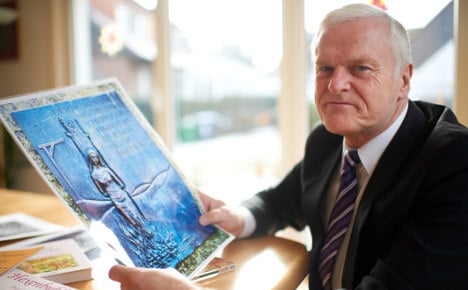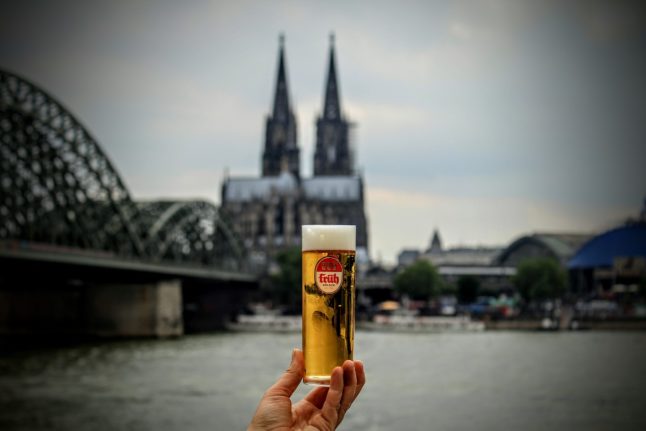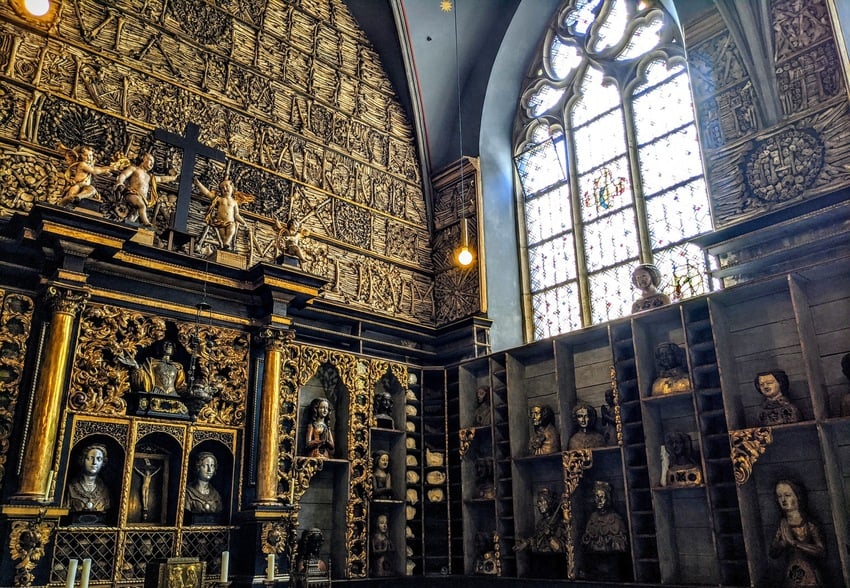It is thought around 25,000 women were sentenced to death for witchcraft down the centuries in Germany – including Cologne native Katharina Henot. She was arrested and thrown in prison under charges of witchcraft in 1627.
But it is said Henot had nothing to do with the occult; as the head of the city’s post office and a powerful socialite it was more likely that her charges were politically motivated.
After weeks of torture, Henot eventually lost all movement in her right hand, meaning that her final plea for innocence was scrawled, almost illegibly, with her left. But no matter how fiercely she protested, city officials ignored her and she was sentenced to death.
Henot was then paraded around the streets of Cologne in a wagon, until being brought to a large square in the city, where she was tied to a stake and burned to death.
To this day, neither Henot nor many of the 25,000 women killed for alleged witchcraft have had their names cleared – in the eyes of the law, they are still guilty of the mystic misdeeds they were convicted of centuries ago.
This could change for Henot on Monday, as her case will be reopened by the same panel at the city council that was responsible for her death nearly 400 years ago.
They will assess the case, and provided that their feelings towards the supernatural have changed since she was sentenced, Henot’s name should be cleared.
“Katharina held her own reputation in high esteem, she would want to have it cleared,” said Hartmut Hegeler, an evangelical priest and religious education teacher who made the request to the Cologne council.
The 65-year-old from Cologne was approached by a group of students who wanted to learn about the witch trials. It was only when the same students started to ask Hegeler questions he could not answer, that he realised Henot had not yet been acquitted.
Henot’s case then became a problem of faith for the priest; “As Christians, we find it challenging when innocent people are executed, even if it was centuries ago,” he said.
He has even tracked down several of Henot’s distant living relatives. One of them is Martina Hirtz who said “I do think she should have her name cleared. But I think of the endless amount of people still living who are being mistreated and find that much worse.”
Hegeler is not the only person keeping Henot’s memory alive – there is a novel based on her life, a song, and a sculpture outside the Cologne town hall.
The sculpture, which was made by a descendant of Henot in 1988, shows her pointing to the fire underneath her feet with one hand, and holding the other one up in a gesture of defence.
“It symbolises the idea that such an injustice should not be allowed to happen again,” said the sculpture’s creator Marianna Lüdicke.
The Local/DPAD/jcw






 Please whitelist us to continue reading.
Please whitelist us to continue reading.
Member comments